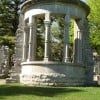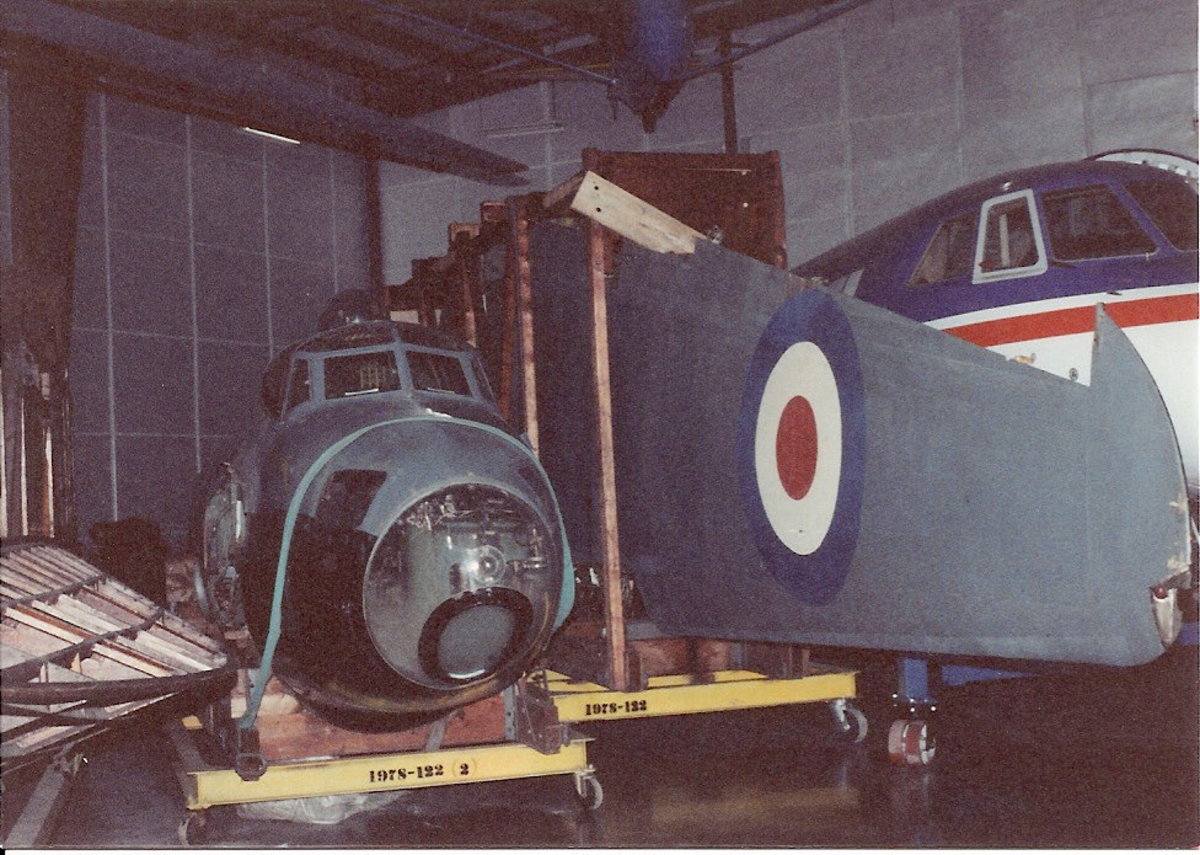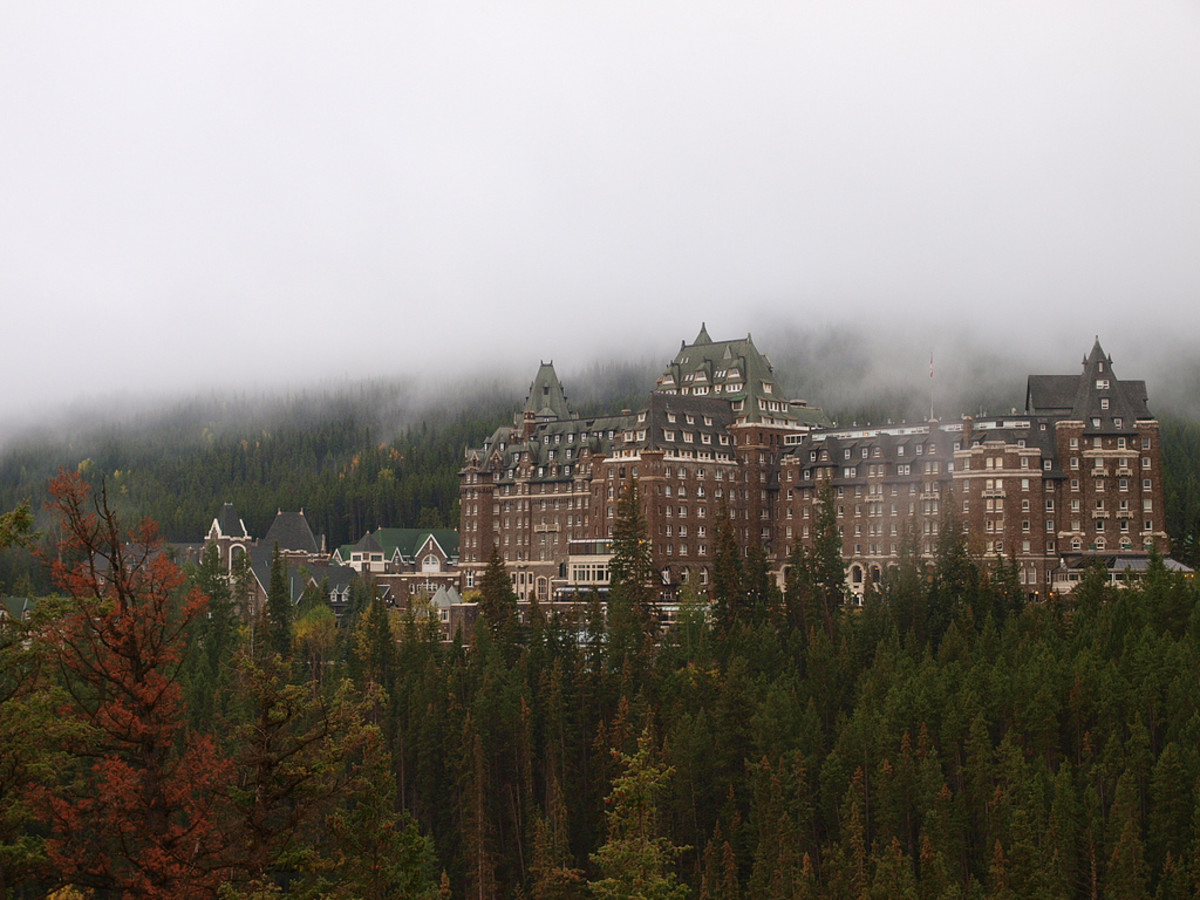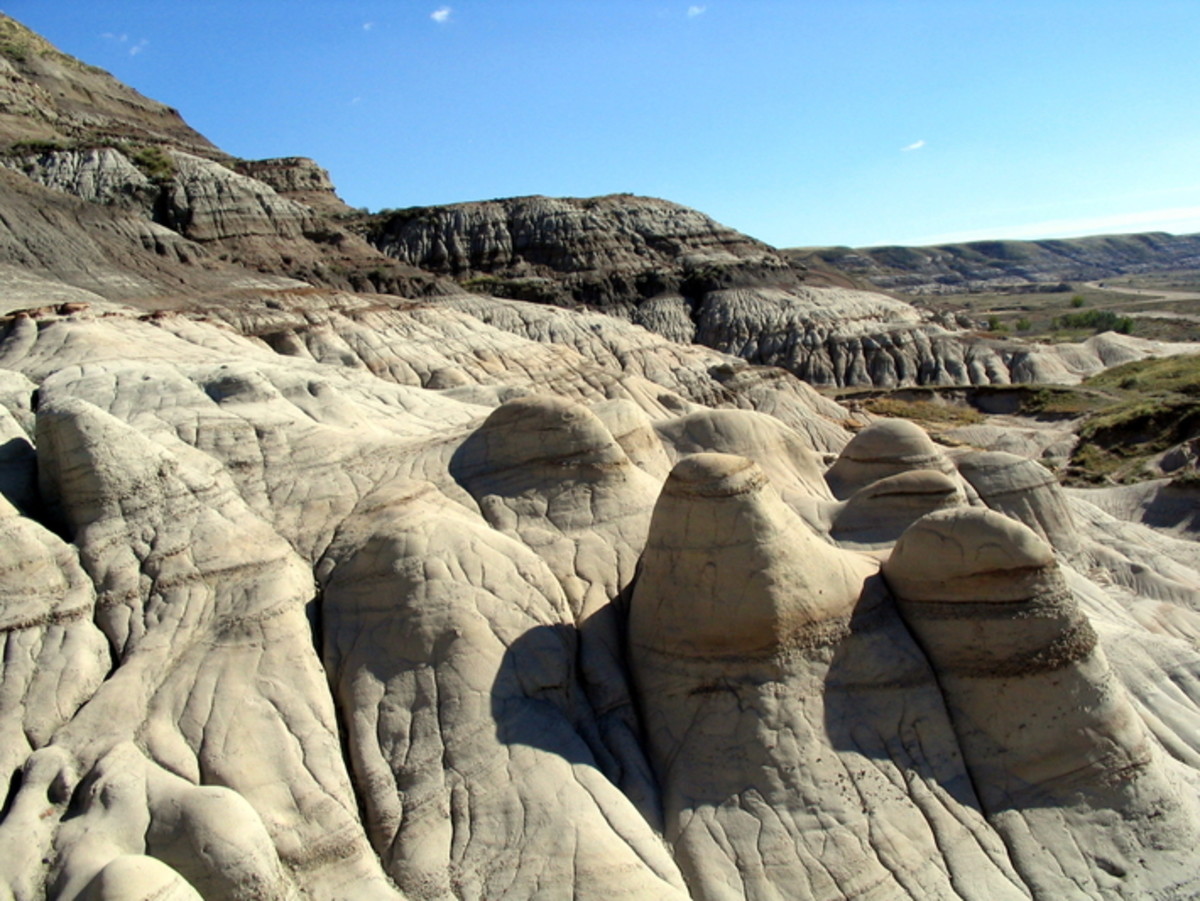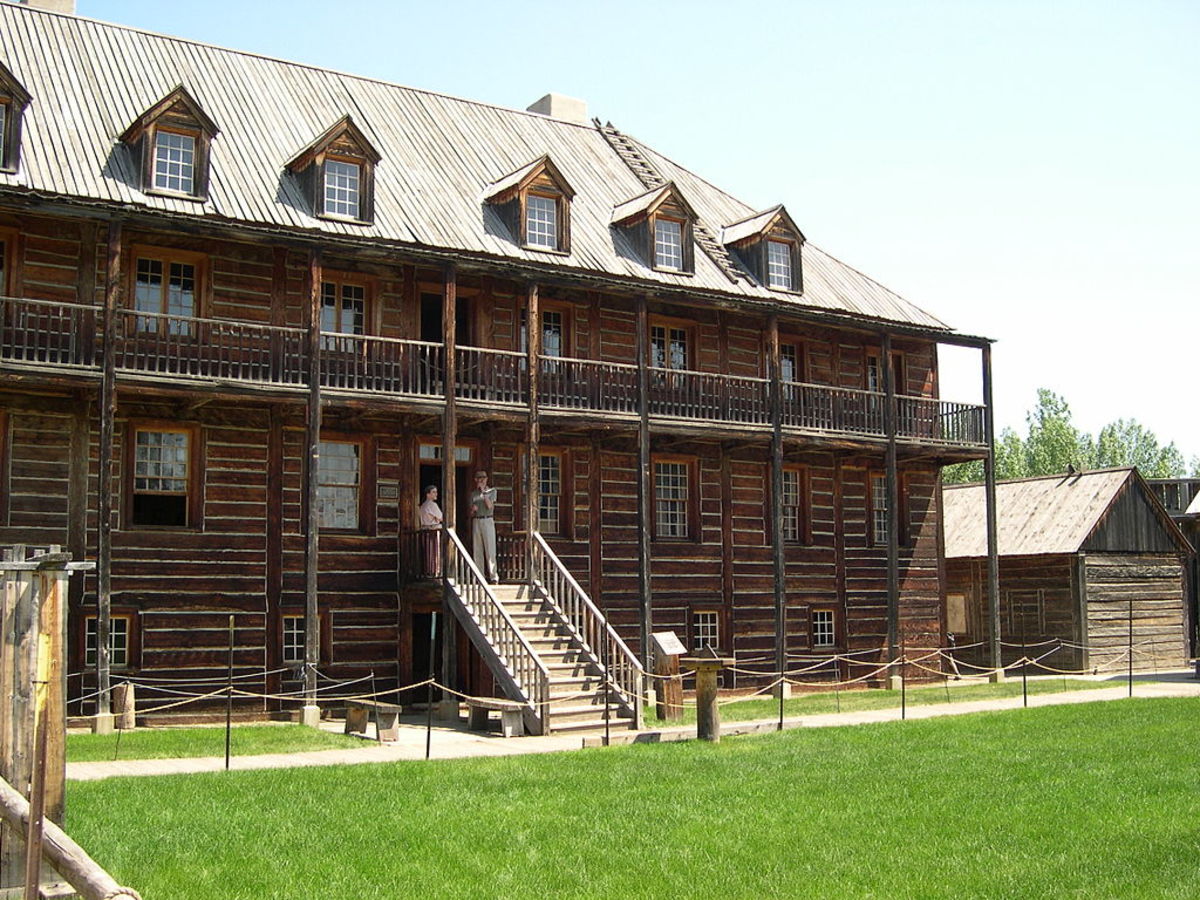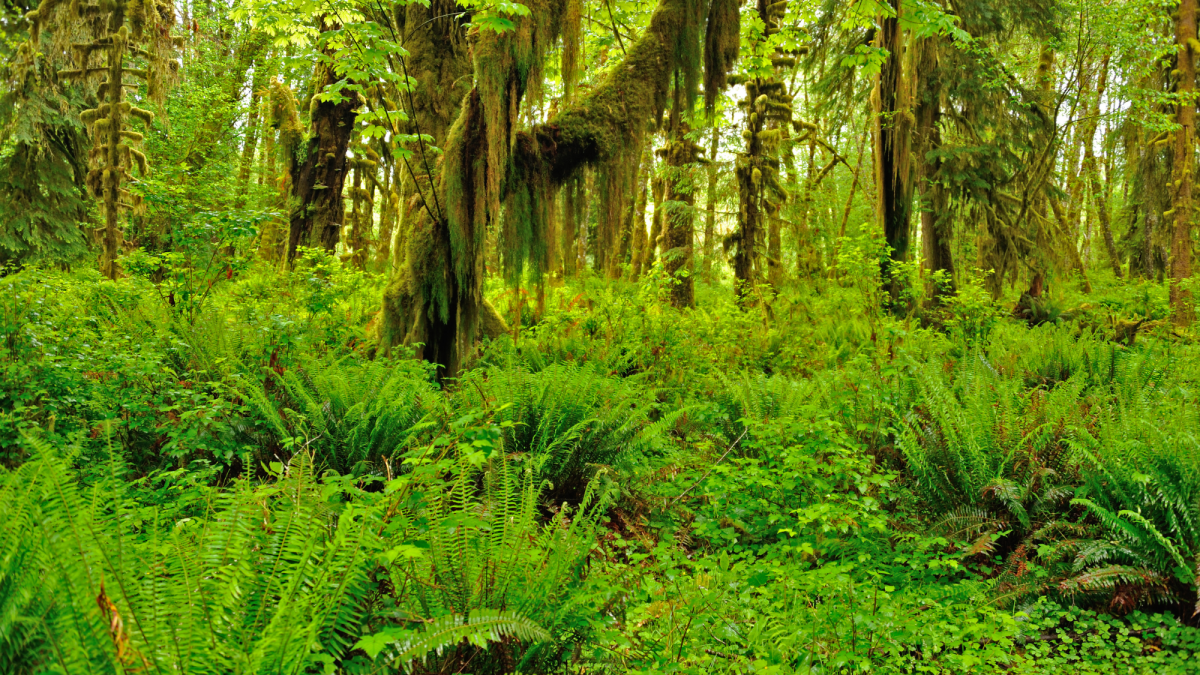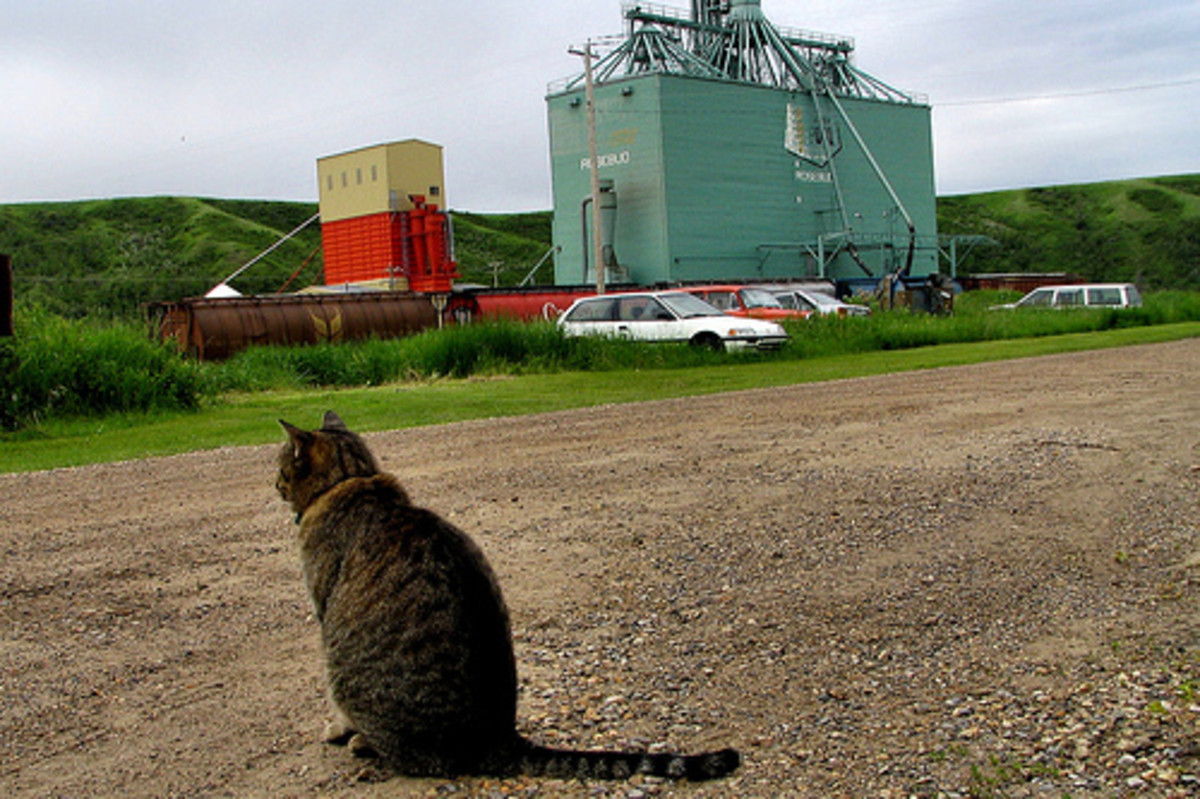Visiting Nanton, Alberta: remembering the aviation past at the Bomber Command Museum of Canada

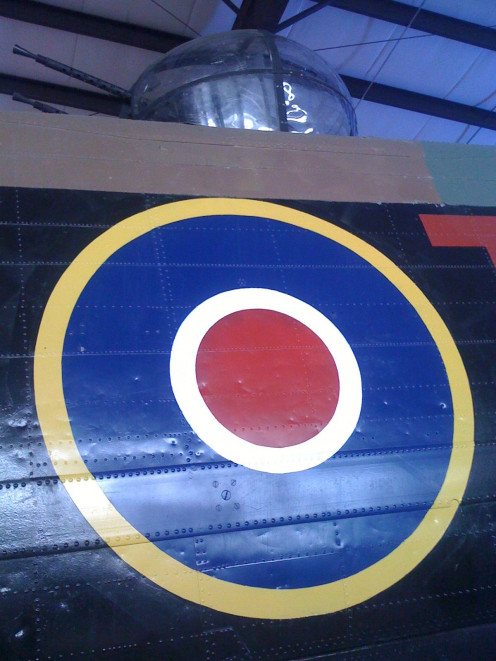
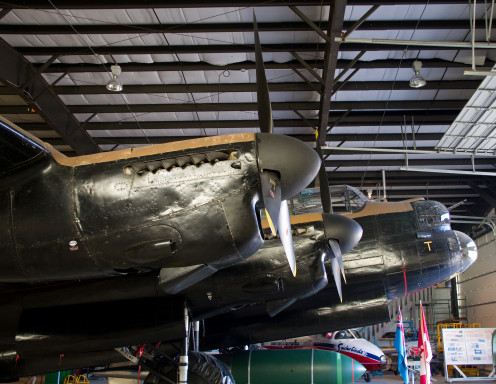
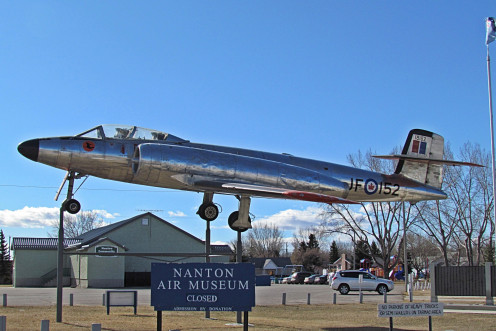
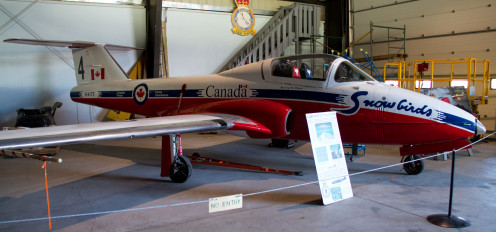
Dedicated to the memory of Alberta's Squadron Leader Ian W. Bazalgette, VC
The Bomber Command Museum of Canada is based at Nanton, Alberta. The Prairie Provinces are a particularly apt location for a concentration of commemorative effort with regard to the Canadian contribution to the Royal Air Force's Bomber Command during World War Two, not least because of the use of air bases in the Prairies in support of the Commonwealth Air Training Program. Another reason is because of the memory of Alberta's own Ian Bazalgette (1918-1944), who won a posthumous Victoria Cross for valour over Trossy St. Maximin, France as Squadron Leader piloting an Avro Lancaster bomber on August 4, 1944 (1). The Museum is dedicated to Squadron Leader Bazalgette's memory.
The Bomber Command Museum of Canada at Nanton, sometimes known as the Nanton Lancaster Society Air Museum, possesses an Avro Lancaster whose Rolls Royce Merlin engines are kept in working order, and interestingly when I visited the Museum it was announced that the engines of the Lancaster would be fired up, with a nephew of the distinguished, VC-winning aviator Ian Bazalgette at the controls. This duly occurred, with the roar of the Merlins reverberating around Nanton's Downtown area.
The Museum also shows a film about the life and times of Ian Bazalgette, VC.
Another bomber airframe possessed by the Museum is a Bristol Blenheim. While the Museum concentrates on Bomber Command heritage, some of the airframes on display are actually fighter or trainer 'planes rather than bombers. These include an Avro Canada CF-100 "Canuck", a replica of a Messerschmidt BF109, and a decommissioned Canadair CT-114 Tutor in Snowbirds (2) livery.
A well-appointed gift shop at the Museum has many example of aviation artwork on sale.
Recent restoration projects underway at the Museum have included work on a Handley Page Halifax and an de Havilland Mosquito, the latter in collaboration with the Calgary Mosquito Society (3). The Halifax actually flew in greater numbers with Canadian aircrews than did the Lancaster.
On many occasions prior to his death in 2002, Canadian Dambusters Raid participant Ken Brown visited the Bomber Command Museum and addressed a 50th Anniversary commemoration of the Raid in 1993 (4).
Dave Birrell writes, regarding the purpose of the Bomber Command Museum of Canada:
"We do not honour or glorify war here. Rather we remember and try to understand the massive and important efforts and sacrifices that were made by a previous generation to secure the peace and freedom we enjoy today." (5)
A poignant Memorial Wall, executed in granite, was dedicated at the Museum in 2005 in memory of the 10,659 Canadians killed while serving with Bomber Command in World War Two. These names are carved on the Memorial, which consists of five panels erected on the front lawn area of the Museum.
The Museum is located at 1729 21st Avenue, Nanton.
February 18, 2015
Notes
(1) Calgary, Alberta,-born Ian Bazalgette was educated at schools in Ontario and England, and served in the Royal Artillery, 1940-41 and subsequently in the Royal Air Force. He was also awarded the Distinguished Flying Cross. A school in Calgary, Alberta, is named for Ian W. Bazalgette.
(2) The Snowbirds Air Demonstration Squadron is based at Canadian Forces Base Moose Jaw, Saskatchewan, and uses the CT-114 Tutor. The Snowbirds staged a flypast at Nanton during the Museum's official opening in 1990.
(3) See also: http://www.bombercommandmuseum.ca/main_projects.html
(4) See also: http://www.bombercommandmuseum.ca/kenbrown.html
(5) Dave Birrell, The Bomber Command Museum of Canada, Nanton, Alberta: The Nanton Lancaster Society, 2011, p. 43. This book is available from: The Nanton Lancaster Society, Box 1051, Nanton, Alberta, T0L 1R0, Canada.
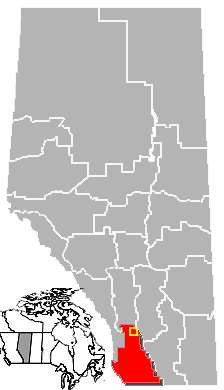
Also worth seeing
Also in Nanton; a grain elevator has been turned into another, local museum; the MacEwan Schoolhouse of 1906 serves as a tourist information centre; Main Street has several, well-preserved, 100-year old storefronts, some of which sell sought after antiques.
Calgary (distance: 92 kilometres); the Calgary Tower, Lougheed House National Historic Site and Museum, the annual Stampede, the Glenbow Museum and Prince's Island Park are just a few of the many visitor attractions in this fast-growing city.
Waterton (distance: 178.1 kilometres): this outstandingly scenic location - part of Warterton-Glacier International Peace Park - has amazing views from the historic Prince of Wales Hotel over the often snow-capped Rockies and the Waterton Lakes.
...
How to get there: Air Canada, flies to Calgary International Airport, with wide North American and other connections, from where car rental is available. Some facilities may be withdrawn without notice. For up to date information, please check with the airline or your travel agent. The Bomber Command Museum of Canada at Nanton may be contacted at (403) 646-2270. You are advised to refer to appropriate consular sources for any special border crossing arrangements which may apply to citizens of certain nationalities.
MJFenn is an independent travel writer based in Ontario, Canada.
Also worth seeing
- Visiting the historic Main Street of Nanton, Alberta: antique stores with 100-year old frontages
These antique stores on Main Street, Nanton, Alberta, offer a window onto the solid storefront real estate of yesteryear. - Visiting the historic Main Street of Nanton, Alberta: antique stores with 100-year old frontages
These antique stores on Main Street, Nanton, Alberta, offer a window onto the solid storefront real estate of yesteryear. - Visiting the Prince of Wales Hotel, Waterton Park, Alberta: recalling the heyday of rail tourism in
A huge Swiss-style chalet in a scenically unique setting: recalling an almost vanished railroad past. Named for Edward, Prince of Wales who, as a local ranch owner, had strong links with Alberta - Visiting the Cameron Falls, Waterton Park, Alberta: named for Donald Roderick Cameron, soldier and d
Named for an eccentric, monocle-wearing son-in-law of Canadian Prime Minister Sir Charles Tupper - Visiting the Crowsnest Road, Crowsnest Pass, British Columbia: remembering First Nations and early E
Long known to First Nations, the Crossnest Pass was first travelled by a European, Michael Phillipps, in 1873, who journeyed West to East, now commemorated by British Columbian Point of Interest signs
